A proposed ‘interstellar probe’ could tell us more about dwarf planets and rocky rubble beyond Neptune’s orbit.
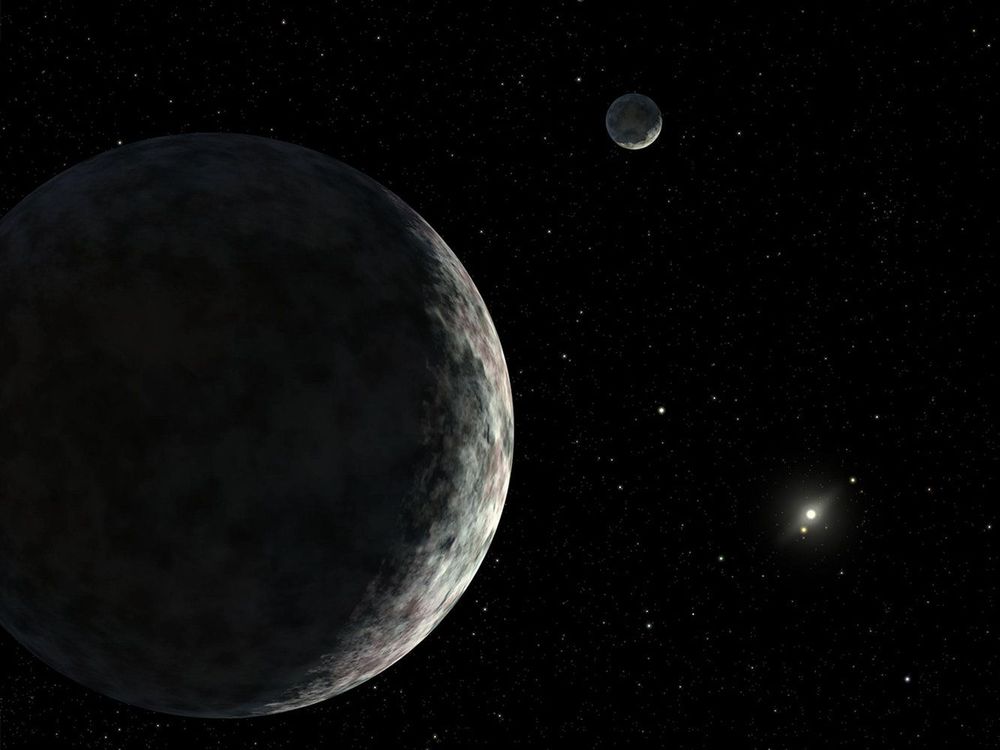


Certain types of bacteria can mutate to reproduce more quickly when exposed to microgravity, and that’s not great news for our space tourist dreams, seeing as we humans are teeming with bacteria.
It’s not clear why these bacteria have responded so positively to microgravity, but researchers are now figuring out ways to protect astronauts out in space, as well as mitigating the damage should a space-modified colony ever find its way back to Earth.
Researchers from the University of Houston monitored Escherichia coli cells through 1,000 generations of growth in simulated microgravity conditions, finding that it spread significantly faster than a control sample of unaltered bacteria.

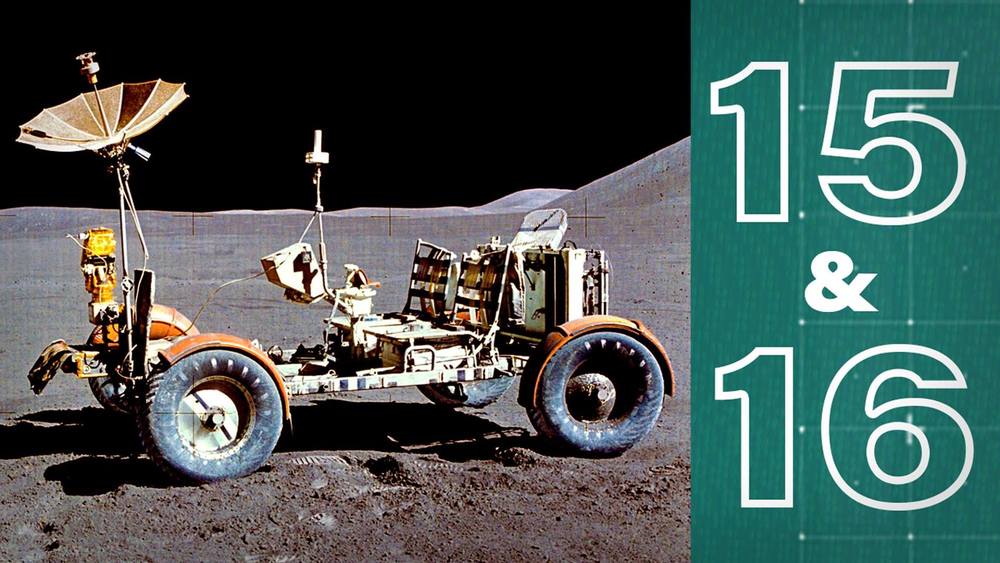

SPECIALISTS have unveiled prototypes for human homes on a Martian colony after research revealed one in ten Brits would move to the Red Planet tomorrow if they could.
Architectural experts produced plans for three distinct dwellings fit for Mars: an apartment aimed at young professionals, a family home and a luxury mansion.
Each is designed to protect interplanetary homeowners from hazardous cosmic rays, space radiation and Mars’ severe dust storms, as well as insulate them from the cold.

And there will be increasing pressures to continue this research. We may need to accelerate the evolution of terrestrial life forms, for example, including homo sapiens, so that they carry traits and capabilities needed for life in space or even on our own changing planet.
All of this will bring up serious issues as to how we see ourselves – and behave – as a species. While the creation of multicellular organisms that are capable of sexual reproduction is still a long way off, in 2019 we will need to begin a serious debate about whether artificially evolved humans are our future, and if we should put an end to these experiments before it is too late.

Many scientists research the practical and immediate applications of bio molecular technology but it seems most fail to study our most important, and largest organ, our skin.
Who will officially be the first transhuman? Will it be you? Why wait decades? This article explains one approach to speeding up the process and also the challenge involved.
Defining the Object of the Goal:
Although the words ‘cyborg’ and ‘transhuman’ are often used interchangeably, and someone can aspire to be a combination of both, there are fundamental differences between the two — as has been articulated by Dr. Natasha Vita-More: The transhuman will be genetically programmed and otherwise equipped towards indefinite life extension and to attain a great many other physical and mental capabilities and other benefits. The transhuman also maintains specific transhumanist values and may actively foster the far-reaching humane goals of the transhumanist movement, including guaranteed social justice for all and highly-advanced space colonization to foster indefinite life, peace, etc. Whereas, a cyborg may not uphold transhuman values or goals, and may or may not seek to live longer or indefinitely, but will be fitted with a device or devices to acquire one or more enhanced capabilities (such as better vision and/or hearing, faster running ability, etc.).
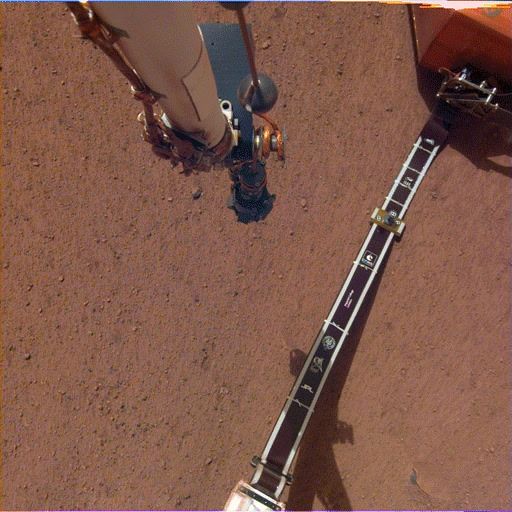
With my seismometer safely at rest on #Mars, I was able to release my hold on it. There’s still some more instrument prep to do, but it’s looking good.
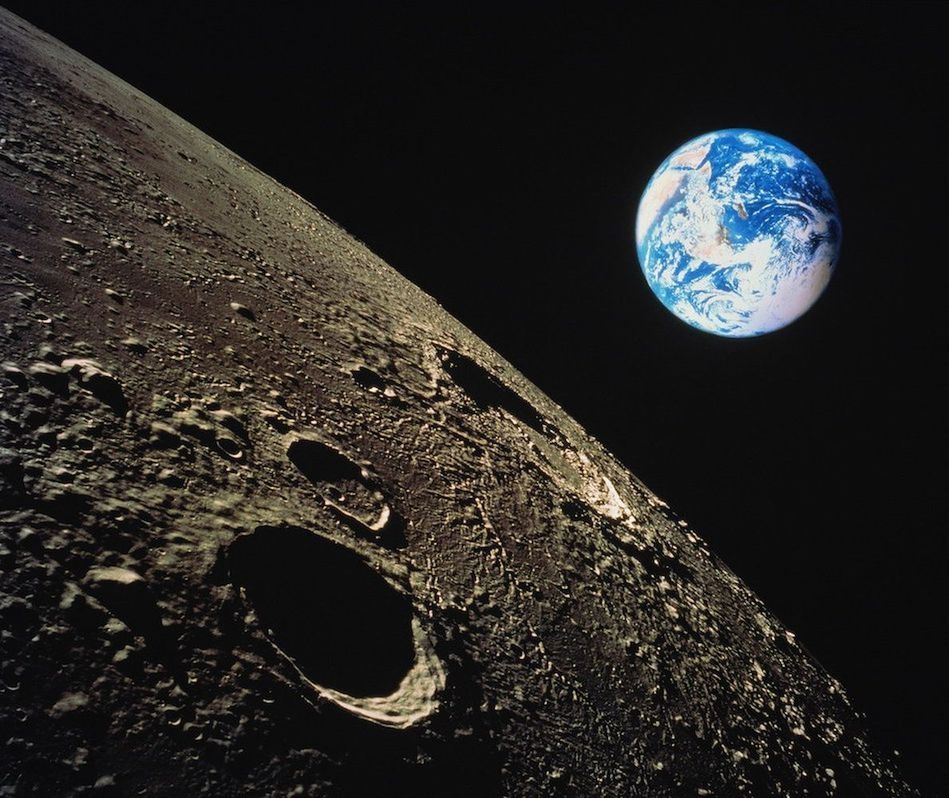
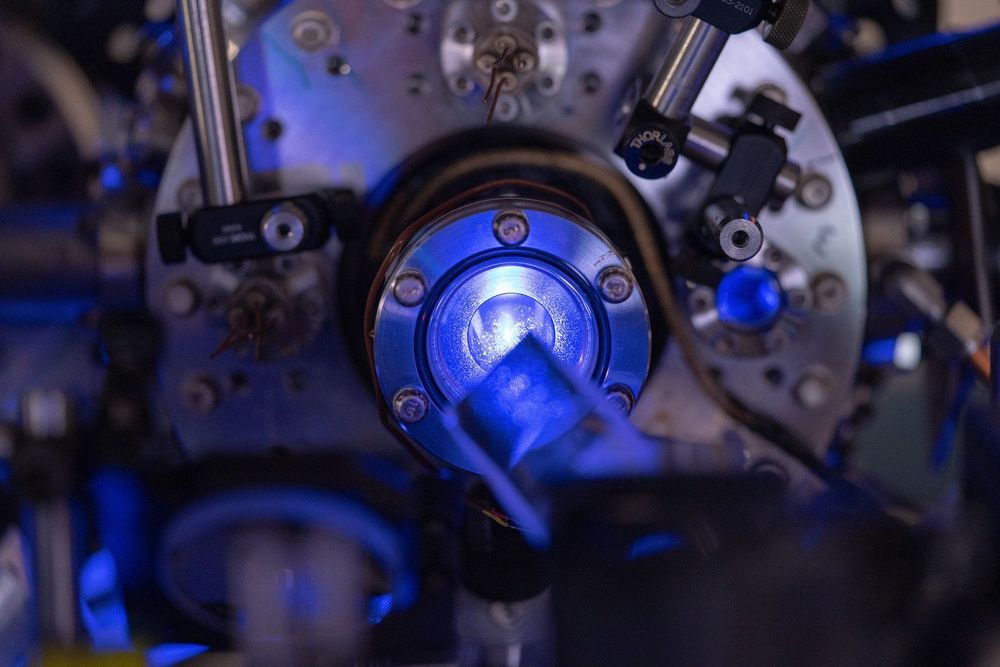
Rice University physicists have created the world’s first laser-cooled neutral plasma, completing a 20-year quest that sets the stage for simulators that re-create exotic states of matter found inside Jupiter and white dwarf stars.
The findings are detailed this week in the journal Science and involve new techniques for laser cooling clouds of rapidly expanding plasma to temperatures about 50 times colder than deep space.
“We don’t know the practical payoff yet, but every time physicists have laser cooled a new kind of thing, it has opened a whole world of possibilities,” said lead scientist Tom Killian, professor of physics and astronomy at Rice. “Nobody predicted that laser cooling atoms and ions would lead to the world’s most accurate clocks or breakthroughs in quantum computing. We do this because it’s a frontier.”